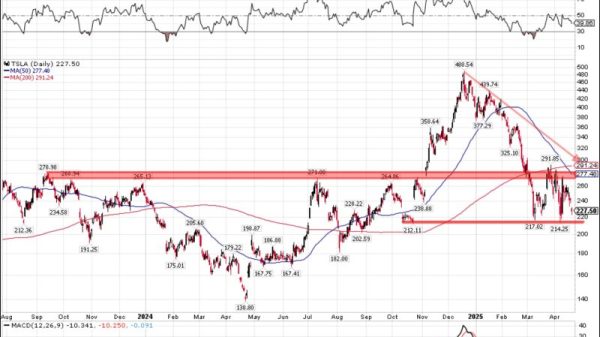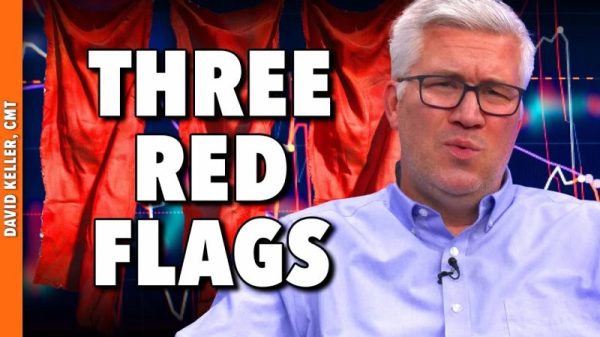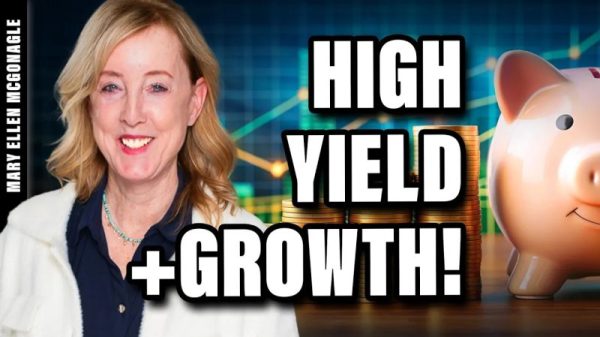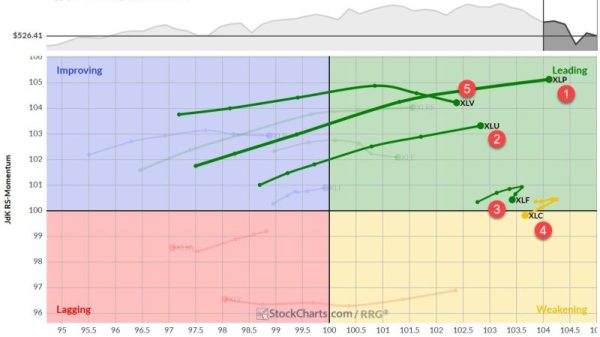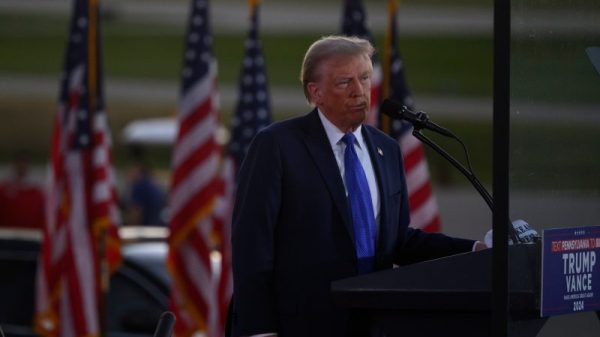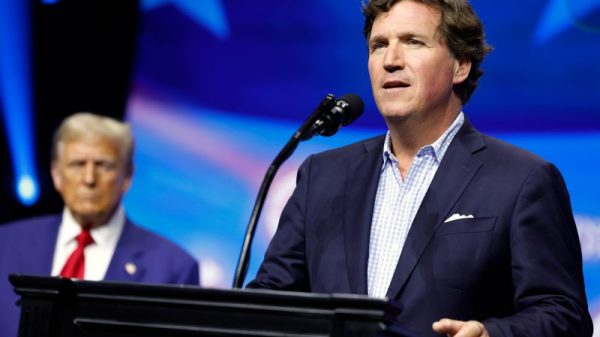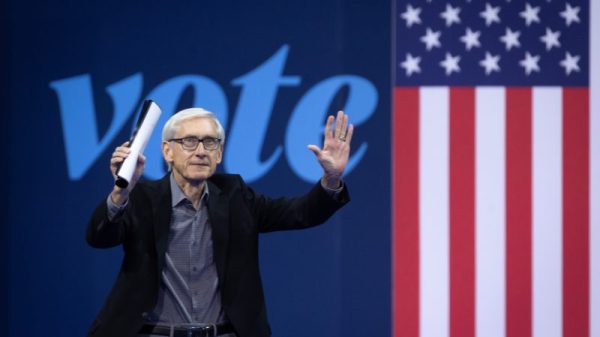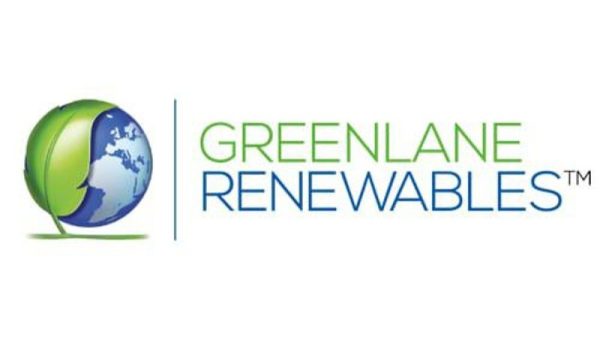Even in an era of ugly politics, the past few weeks have stood out.
There are the familiar disparagements between candidates, sure, albeit ones framed more existentially than would have been the case in years past. Those sit alongside unchecked and unrepentant social-media-powered dishonesty: revelations of foreign actors attempting to stoke tension or upend the presidential contest. And, of course, an acceleration of hostility against immigrants to the United States, driven in part by invented claims of bizarre behavior.
We are eight years past this being surprising. Donald Trump’s advent as the 2016 Republican nominee — or, perhaps, his surprising victory that year — demonstrated that the expected costs of running an unusually negative, divisive campaign were overstated. In a world where Trump is the starting point, politics were perhaps inevitably going to become more toxic.
What is surprising is that research suggests that negative campaigning doesn’t really work. This may diverge from your expectations; it did mine when I first read the book “Nasty Politics” by Thomas Zeitzoff, an American University professor. Zeitzoff has receipts from his work in and research of political campaigns in the United States and across the world. And when I contacted him over email to assess this unusually nasty moment, he offered links to back up his point: a 2009 study determining that negative campaigning doesn’t really help candidates and a 2016 study demonstrating that negative ads might reduce support for the sponsoring candidate (which is in part why most candidates used to leave the particularly nasty stuff to others).
And yet Trump’s campaign in particular is unrelentingly negative. You can see that in any of his speeches, certainly, or his interviews, or his social media posts. You can see it, too, in the Wesleyan Media Project’s assessment of advertising in the presidential race since April. Since Vice President Kamala Harris became the Democratic nominee, the vast majority of ads run in support of Trump have been ones attacking her. (Or, as in the case of the image at the top of this article, her running mate.)
So if negative campaigning doesn’t work, I asked Zeitzoff, why is Trump doing it? After all, Trump has an unusual breadth of personal experience in seeing that his efforts to relentlessly attack his opponents don’t result in his earning more votes.
Zeitzoff offered a few possible reasons. One is simply changing the discussion. News reports on comments by Trump’s running mate, Sen. JD Vance (R-Ohio), disparaging Haitian arrivals in his state focus on immigration and not abortion. The tactic also serves to “coalesce their base around a threat,” he suggested — in this case, those immigrants.
But there’s another obvious reason: These particular attacks reinforce the Trump ticket’s assertions that the nation is in a state of tumult.
Trump and Vance are running on the idea “that ‘America is in carnage/chaos,’” he wrote, “so cynically they benefit when they get a chaotic reaction.”
Zeitzoff also indicated that his research suggests that particularly dirty elections can tamp down turnout, something that is understood to potentially benefit Trump (though Zeitzoff admits that this probably isn’t a central motivation here).
There’s another obvious reason that Trump embraces negative campaigning, of course: He actively rejects traditional modes of campaigning and even the validity of elections themselves. He and his supporters frame this as concerns about “voter fraud.” But given the lack of evidence that such fraud occurs to any significant degree (and given the events of Jan. 6, 2021), it’s easy to understand that argument as a stalking horse for efforts to force election results into the shape he and his allies seek.
Here, I’ll quote Zeitzoff at length:
“Negative rhetoric, or nasty politics as I call it, is both a symptom of, and cause of democratic backsliding,” he explained. The term “democratic backsliding” refers to the erosion of free and fair elections in a country, something that’s been seen increasingly globally (as recent research indicates) and in the United States specifically.
“I found this to be the case in the U.S., Israel and Ukraine,” he continued. “My basic view is that nasty politics tells us how polarized elites are” — meaning those able to influence public policy. “When we see an uptick of nasty politics, it tells us that elites see the other side as a threat.”
“That’s where we can end up a democratic breakdown,” Zeitzoff added, because “fundamentally democracy is about parties being willing to lose elections. And if the other side is so bad and so threatening you can’t let them take power, then we cease to be a democracy.”
Negative rhetoric, he said, reflects and exacerbates such fears.
The most striking graph in Zeitzoff’s book was one tracking nasty political behavior in the United States as measured in New York Times articles. Such stories were common at the time of the Civil War — and in the Donald Trump era.
The challenge with the research that shows the relative ineffectiveness of negative campaigning is that it examines a system in which political power is awarded through campaigns. One in which candidates are attuned to the effects of their messages on voters, rather than the effects of their messages on people who might be called upon to challenge the election results.
Trump’s inability to secure more than about 47 percent of the vote in his two past presidential bids suggests that there’s a ceiling on his support. That he received millions fewer votes in those elections reinforces the idea that only so many people are compelled by his unceasingly negative approach to running for president. As we saw in 2020, though, however unhelpful his negative assessments of American institutions were before Election Day, they came in handy during the weeks that followed.






